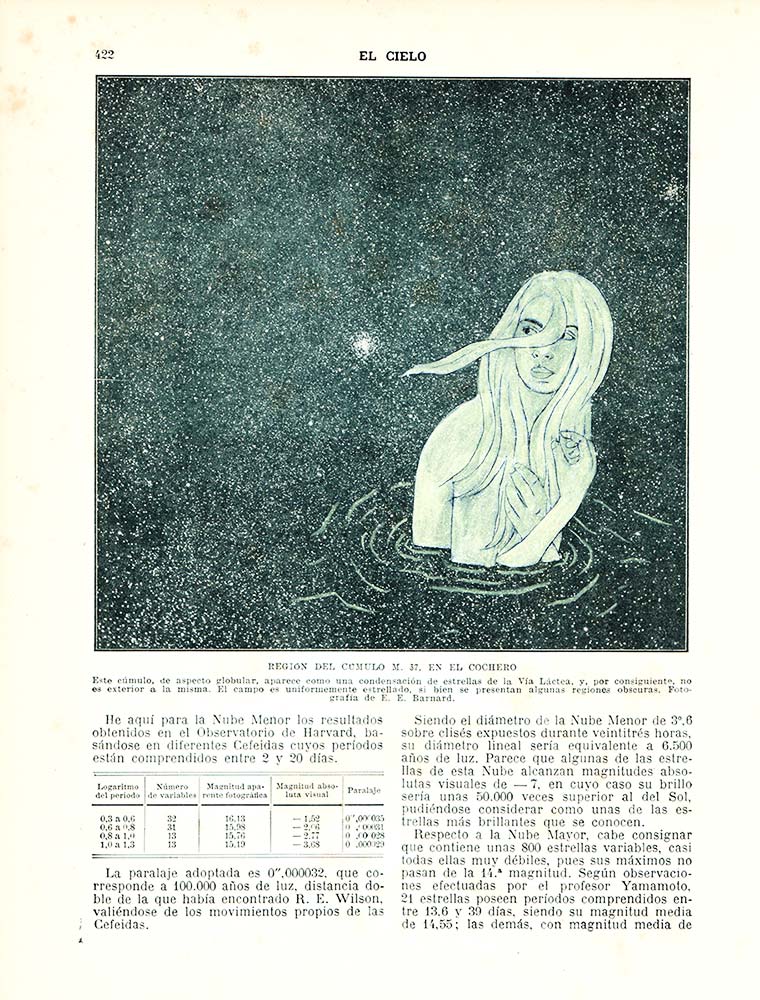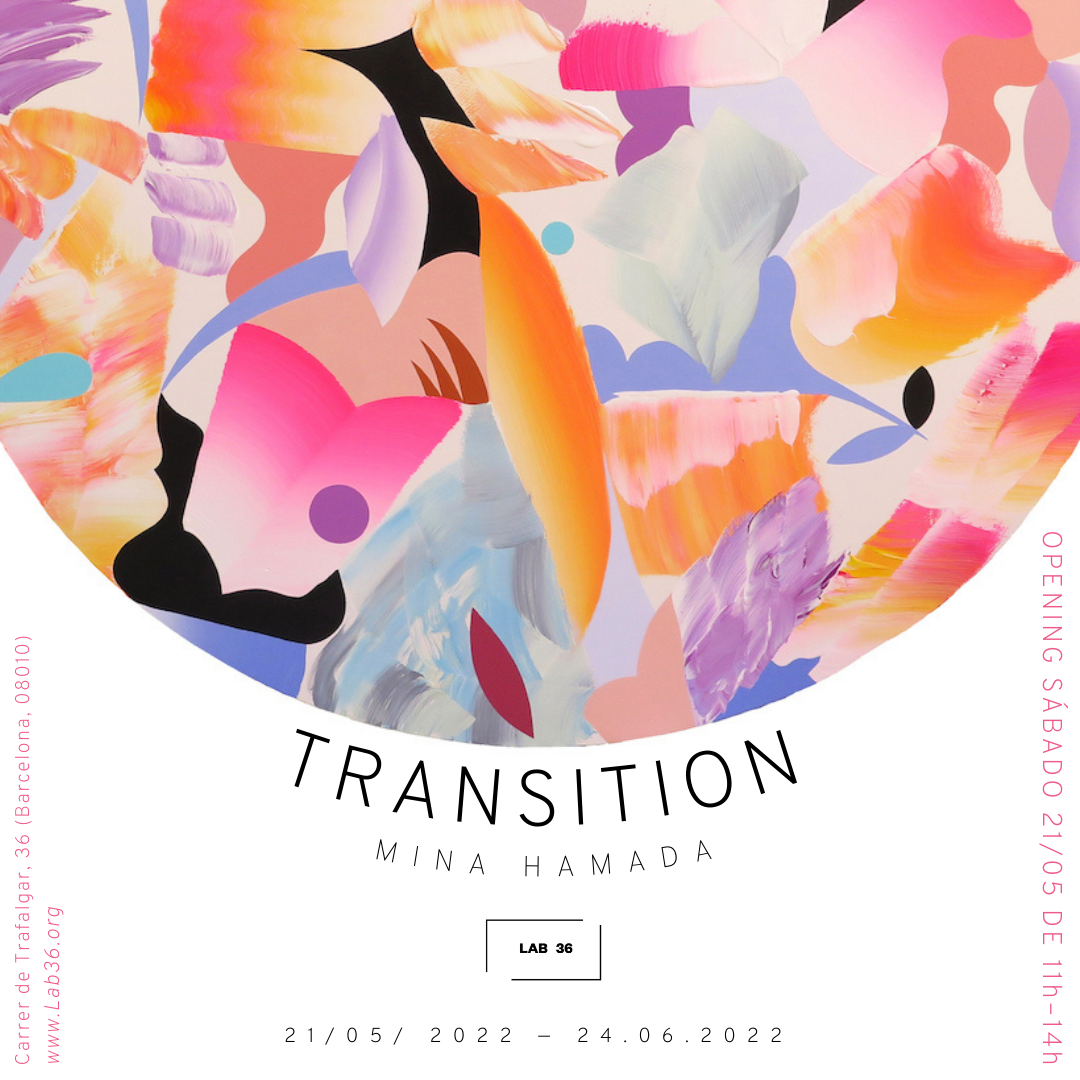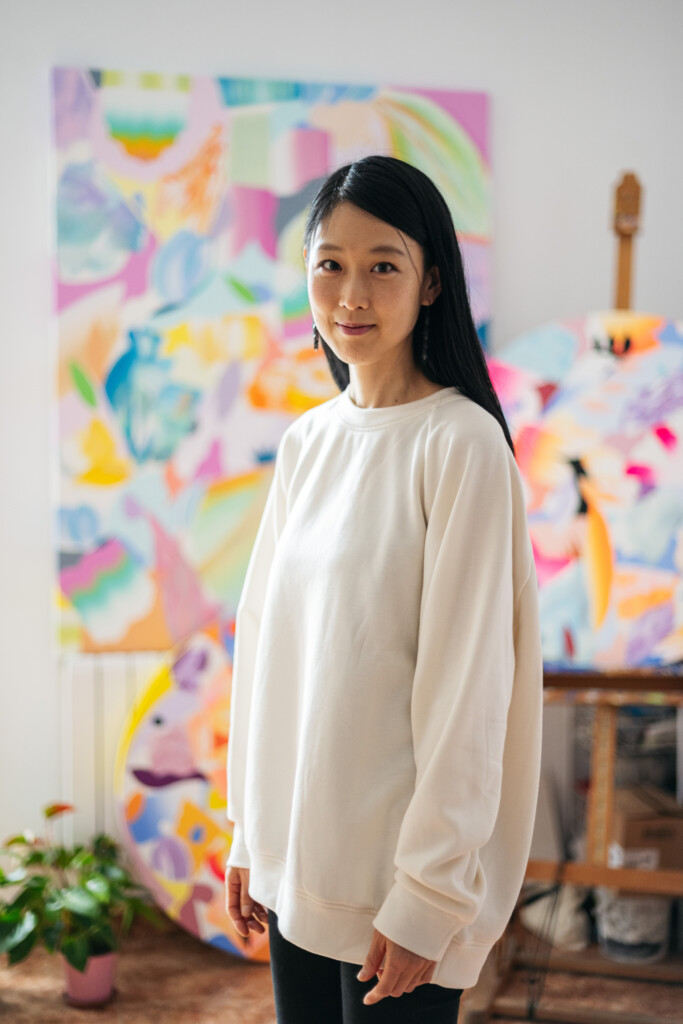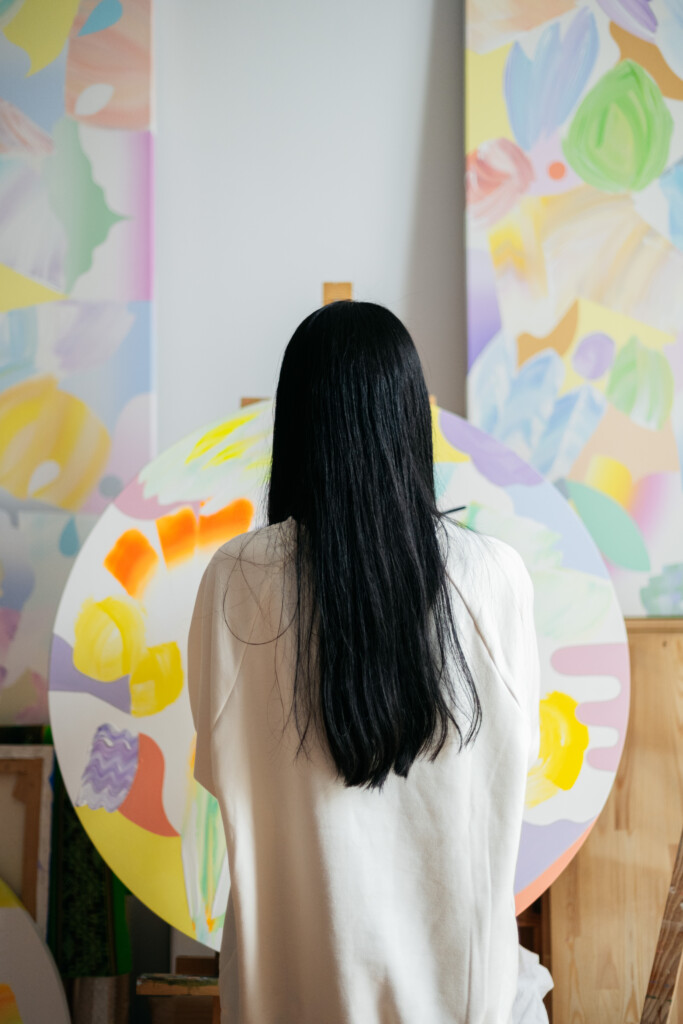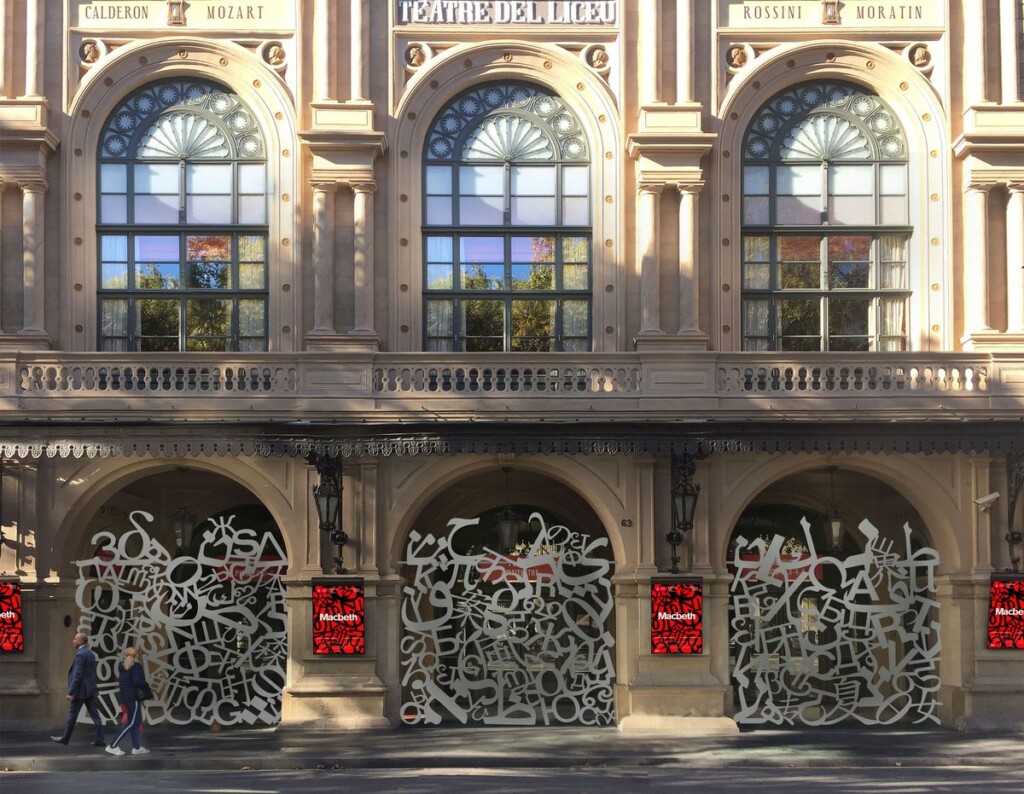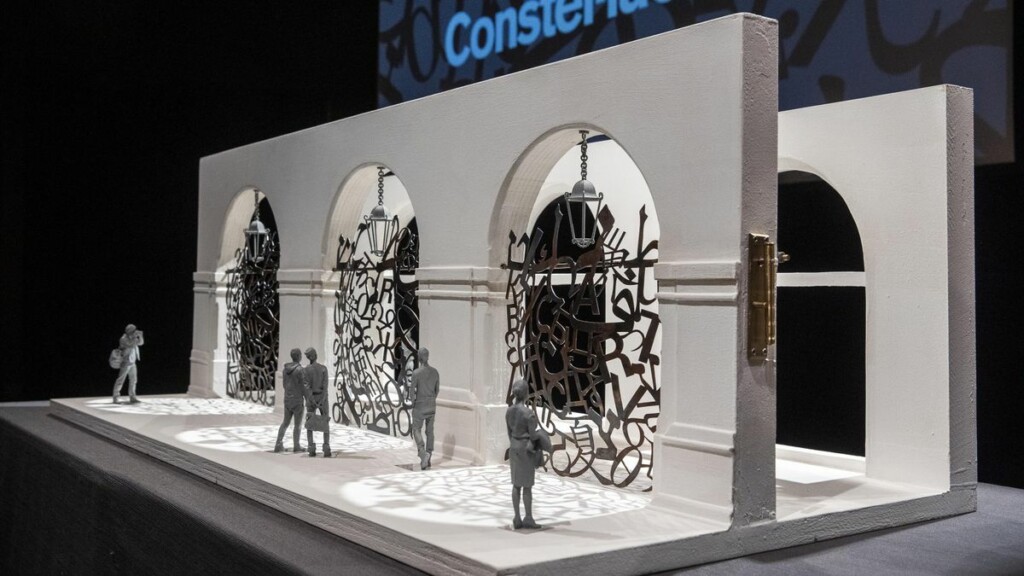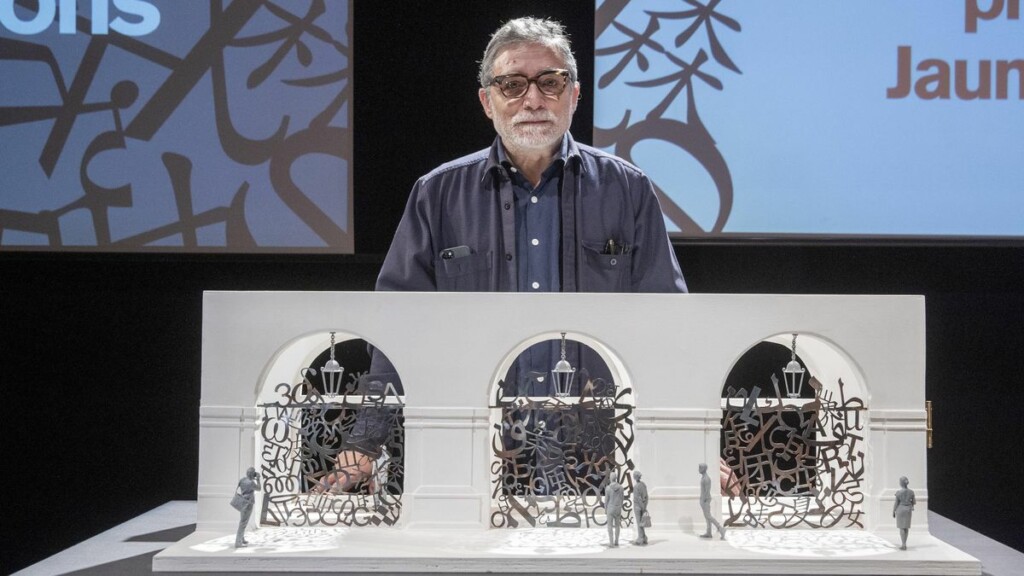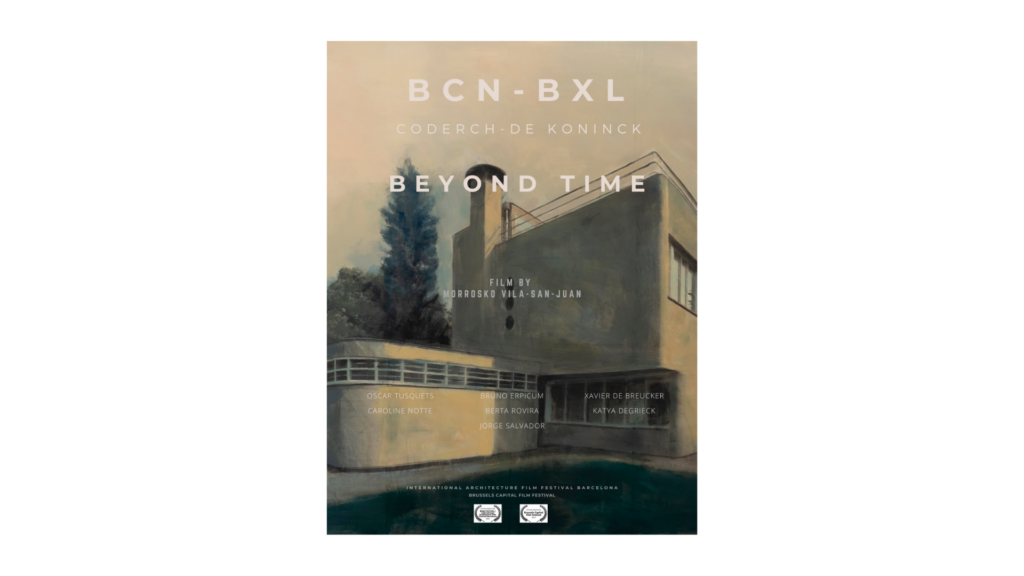- No products in the cart.
James Clar for ISEA 2022 in Barcelona
ISEA, the International Symposium on Electronic Art, is one of the most important annual events worldwide dedicated to the crossroads where art, design, science, technology and society meet.

The event has been held over 26 times all over the world, and after more than 10 years since it last graced European soil, it touches down in Barcelona. With it comes an enthusiastic international and local community, ready to work together to develop this interdisciplinary field.
From Galeria SENDA we propose James Clar (1979, Wisconsin, EEUU) with two pieces that pay homage to the theme of this edition: ‘Possibles‘.
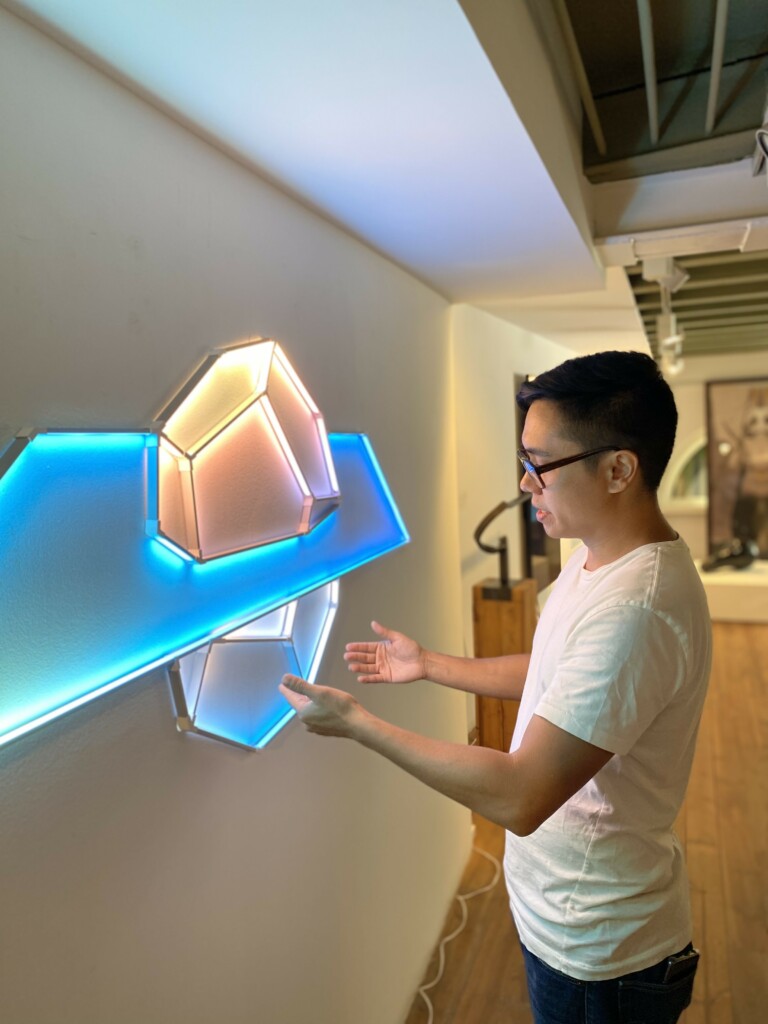
The North American artist James Clar, after having studied telecommunications, cinema and animation at New York University, began to experiment with light and television. He developed his own visual systems, transforming pixels on the screen into sculptures. His work stems from the purpose of “digitizing” human, socio-cultural, and political conditions. In this way, he analyzes and observes the effects of the media and technology in modifying human behavior and society, with a focus on our perception of culture, nationality, and identity.
‘Possibles’, the main theme of the 2022 ISEA edition, not only opens up an unfinished world of futures before us, but also presents and pasts behind us.
The ‘Possible’ is openness and movement, a horizon of change that unfolds and organizes the world. The Possible shapes our reality, and precisely for this reason it is a political problem in itself. From “everything is possible” to “being realistic and asking for the impossible”, from an “infinity of possible worlds” to “this is not possible and it is not possible”. Sometimes we are trapped in a world of pre-designed Possibles – “this is everything” – where it seems that nothing could have been left out, there are no alternatives. Sometimes it is living an illusion of freedom in an impossible world where criticism simply disappears. How to open up to contingency, not only to becoming but also to its uncertainty?
James Clar presents two installations that pose the challenge of how to draw new Possibles to come, and not just confirm those that are there waiting to be confirmed, experienced and thought of as Possibles. How can that be brought into existence in our worldview?
How to go from the impossible, the fable or the utopia to directly bite our reality?
– Half Sumberged, 2022
– Cloud Seed, 2022
In the mezzanine of Galeria SENDA from July 1st until the end of the month.
At the symposium you are sure to find exhibitions, workshops, open-air projects, round tables, talks from artists, school initiatives and a variety of other activities, all with the involvement of different organisations and communities from the city of Barcelona.














































































